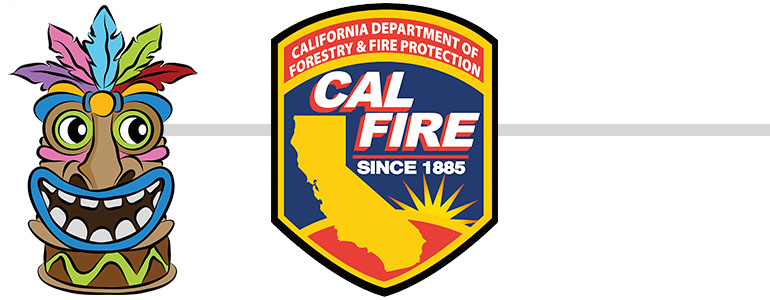
-
Reflecting on a year of progress and resilience, California experienced an 85% reduction in acres burned and a 78% reduction in structures destroyed in 2022
While Mother Nature played a critical role, strategic investments in firefighting equipment, aerial resources, fuels reduction and forest management projects, and the tireless hard work of firefighters and local communities also came together to help 2022 experience significantly fewer acres burned than in previous years. Watch CAL FIRE Director Joe Tyler highlight the year in the video above, or click below to read about the end of peak fire season.
-
A new demonstration forest and more than 2,500 acres were added statewide, furthering momentum for important forest research, restoration, and stewardship work
California’s demonstration state forests help show the world how restoration, conservation and stewardship come together to provide critical research and healthy forests during the age of climate change. We furthered this important work this year and thank our many partners and adjacent communities that help make it happen.
-
CAL FIRE law enforcement officers helped stop fires before they started through a record number of arson arrests
Through the committed work of CAL FIRE law enforcement officers and diligent community members, more than 160 arson arrests were made this year following extensive investigations. With a majority of all wildfires being human-caused in California, this year’s record-setting number makes a significant impact towards combatting the potential for human-caused megafires. Since 2016, CAL FIRE law enforcement officers have arrested more than 700 suspected arsonists.
-
The first night flying missions hit the sky, providing California another important tool in the firefighting toolbox
We continue to add new technology and innovative solutions to the range of firefighting tools available to us. One of these tools, when conditions and operations allow, is the ability to attack fires at night from the air. See first-hand how this works and the added capacity it provides.
[embedded content]
-
Important updates were made to California’s Fire Hazard Severity Zone map, now open for public comment
After years of planning and collaboration with fire scientists, firefighters, stakeholders and local community partners, the new and updated map (pdf) reflects changes in fire hazard now experienced throughout California in rural or unincorporated areas. And there are many ways to stay informed and provide public comment. -
Millions were distributed to California communities to strengthen partnerships, shade schoolyards and neighborhoods, and prepare for and prevent wildfire
…And applications are now open for 2023. Learn more about the amazing work these grants make possible (pdf) and what’s available for your community.
